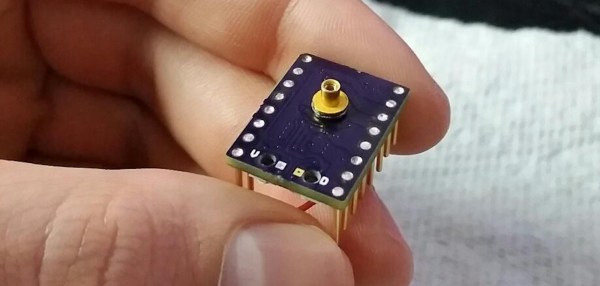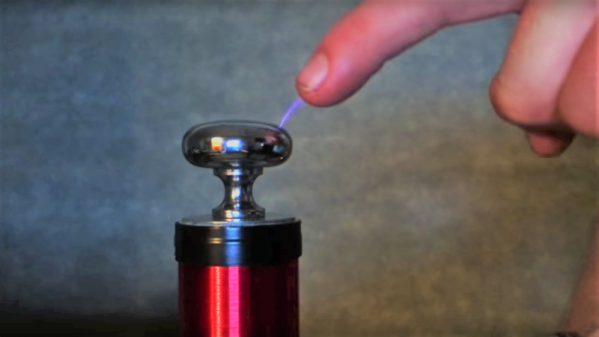Long before things “went viral” there was always a few “must have” toys each year that were in high demand. Cabbage Patch Kids, Transformers, or Teddy Ruxpin would cause virtual hysteria in parents trying to score a toy for a holiday gift. In 1998, that toy was a Furby — a sort of talking robot pet. You can still buy Furby, and as you might expect a modern one — a Furby Connect — is Internet-enabled and much smarter than previous versions. While the Furby has always been a target for good hacking, anything Internet-enabled can be a target for malicious hacking, as well. [Context Information Security] decided to see if they could take control of your kid’s robotic pet.
Thet Furby Connect’s path to the Internet is via BLE to a companion phone device. The phone, in turn, talks back to Hasbro’s (the toy’s maker) Amazon Web Service servers. The company sends out new songs, games, and dances. Because BLE is slow, the transfers occur in the background during normal toy operation.

















